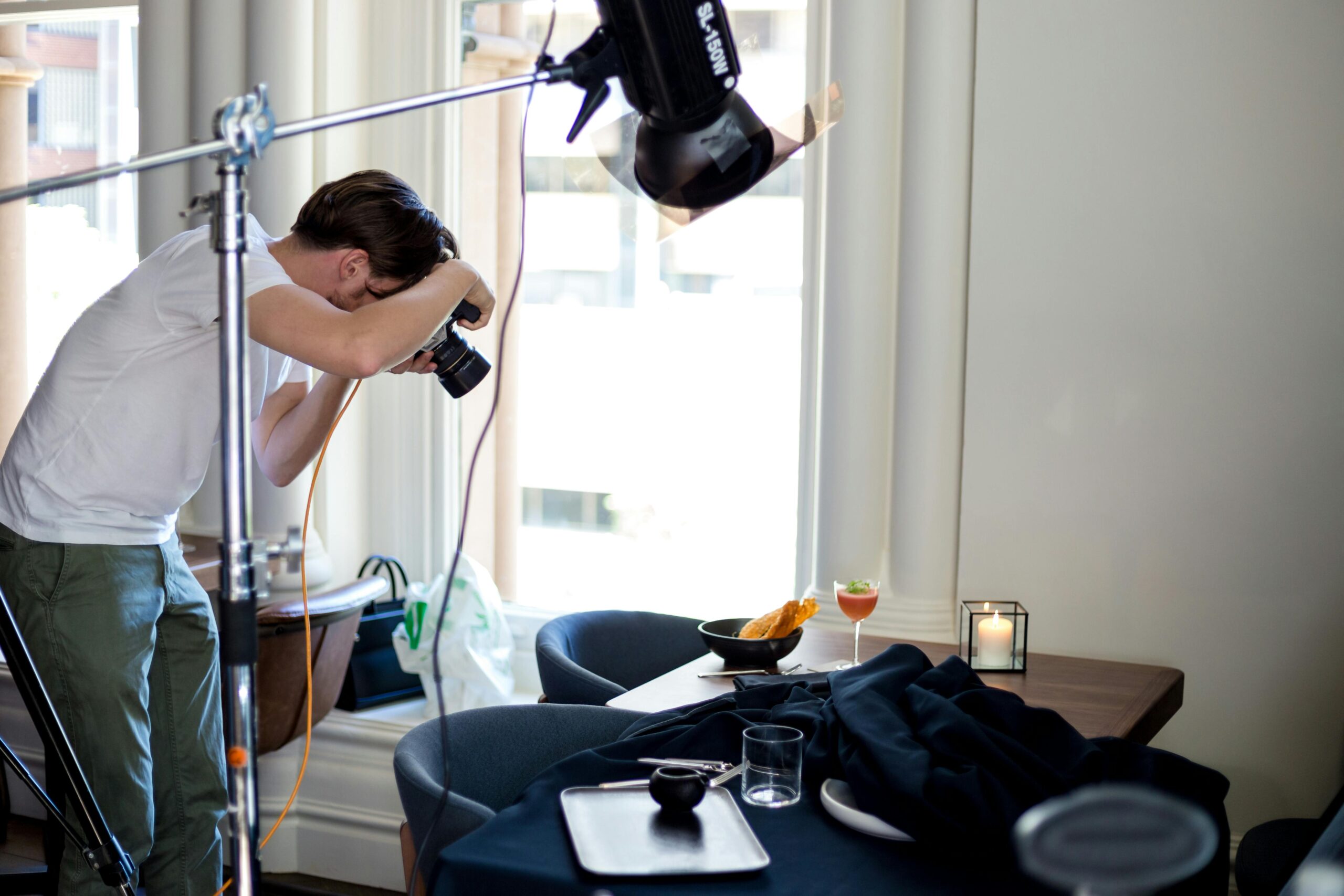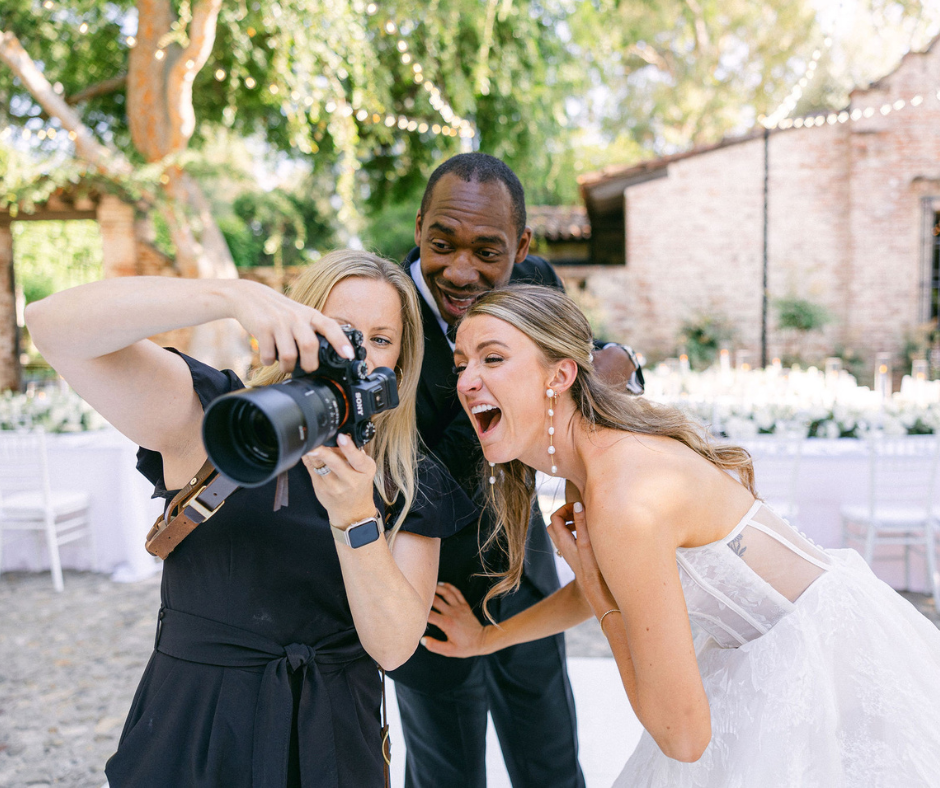Pricing photography packages is where business success or failure is determined. Price too low and you’ll work constantly while barely surviving financially. Price too high without proper positioning and you’ll struggle to book clients. Finding the profitable middle ground—where you attract ideal clients while earning sustainable income—requires understanding your true costs, the Canadian market, and strategic pricing psychology.
This comprehensive guide covers everything you need to price photography packages that support a profitable business across Canada’s diverse regional markets.

The Costly Mistake Most Photographers Make
The mistake: Pricing based on what you think clients will pay, what competitors charge, or simply doubling your perceived time investment.
The reality: Sustainable pricing starts with your costs, not your competitors or assumptions.
According to Professional Photographers of Canada, the majority of photographers who leave the industry within three years do so because of pricing failures—working for unsustainable rates that create financial stress and burnout.
Before setting any prices, you must understand your true business costs.
Calculating Your True Cost of Doing Business
Fixed Costs (Monthly/Annual Expenses)
Equipment:
- Camera bodies and lenses (amortized over 3-5 years)
- Computers and editing software subscriptions
- Lighting equipment, stands, modifiers
- Backup equipment and redundancy
- Equipment insurance
Software & Services:
- Adobe Creative Cloud ($70-80/month)
- Website hosting and domain ($20-100/month)
- Client management software (HoneyBook, Dubsado, 17hats)
- Backup and storage (cloud services, external drives)
- Accounting software
Business Operations:
- Studio rent (if applicable)
- Business insurance (liability, equipment)
- Business registration and licensing
- Professional memberships (PPOC, local business associations)
- Accounting and legal services
- Marketing and advertising
Professional Development:
- Workshops and education
- Industry conferences
- Online courses and training
Total Monthly Fixed Costs Example:
- Equipment depreciation: $300
- Software subscriptions: $150
- Insurance: $200
- Website/hosting: $50
- Marketing: $300
- Professional development: $100
- Miscellaneous: $100 Total: $1,200/month = $14,400/year

Variable Costs (Per Session/Project)
Shooting Costs:
- Travel and mileage (CRA allows $0.68/km for first 5,000km in 2024)
- Parking and tolls
- Assistant fees
- Equipment rentals (specialized gear)
Post-Production:
- Editing time (your hourly rate)
- Outsourced editing (if applicable)
Delivery:
- Print costs and markup
- Album production
- USB drives or packaging
- Shipping costs
Example Wedding Variable Costs:
- Travel (200km round trip): $136
- Assistant (8 hours × $25): $200
- Editing time (20 hours × $50): $1,000
- Album cost: $300
- USB + packaging: $30 Total: $1,666
Your Required Income
Don’t forget to pay yourself:
Personal Income Needs:
- Desired annual salary (be realistic)
- Income taxes (federal + provincial)
- CPP contributions (self-employed pay double)
- Personal expenses not covered by salary
Example:
- Desired take-home: $60,000
- Taxes (estimated 25-30%): $20,000
- CPP/benefits: $5,000 Required personal income: $85,000
According to Canada Revenue Agency small business resources, self-employed Canadians must account for both employee and employer portions of CPP, plus GST/HST collection and remittance.

Calculating Your Minimum Viable Rate
Formula: (Annual Fixed Costs + Required Personal Income) ÷ Billable Sessions = Minimum Per-Session Rate
Example: ($14,400 + $85,000) ÷ 30 sessions = $3,313 per session (before variable costs)
Add variable costs ($1,666 for wedding example) = $4,979 minimum rate
This is your break-even point—charging less means you’re losing money. For profitability and growth, add 20-40% markup.
Profitable Wedding Rate: $6,000-7,000
Understanding Regional Market Variations in Canada
Canadian photography pricing varies dramatically by region:
Major Metropolitan Markets
Toronto, Vancouver, Calgary:
- Wedding Photography: $3,500-8,000+ (established photographers)
- Portrait Sessions: $400-1,200
- Commercial/Corporate: $150-300/hour or $1,500-5,000+ per project
- Real Estate: $150-400 per property
Market Characteristics:
- Higher living costs justify higher pricing
- More competition but also more clients
- Corporate clients with bigger budgets
- Diverse market segments

Mid-Size Cities
Victoria, Edmonton, Winnipeg, Halifax, Ottawa:
- Wedding Photography: $2,500-6,000
- Portrait Sessions: $300-800
- Commercial/Corporate: $100-250/hour or $1,000-3,500 per project
- Real Estate: $100-300 per property
Smaller Markets
Regional cities, small towns, rural areas:
- Wedding Photography: $1,800-4,000
- Portrait Sessions: $200-500
- Commercial/Corporate: $75-150/hour or $500-2,000 per project
- Real Estate: $75-200 per property
Small Market Challenges:
- Lower client budgets
- Less commercial work
- May need to travel to larger markets
- Online marketing becomes more critical
According to Statistics Canada income data, regional median household incomes directly correlate with photography spending—areas with higher incomes support higher photography prices.
Strategic Package Design
Avoid offering single pricing—packages create perceived value and guide clients to profitable options.
The Three-Tier System
Bronze/Starter Package (Entry Point):
- Basic coverage/time
- Moderate deliverable count
- Digital-only delivery
- Price: Slightly above your minimum viable rate
- Purpose: Attract budget-conscious clients, establish minimum acceptable booking
Silver/Standard Package (Sweet Spot):
- Extended coverage/time
- Higher deliverable count
- Enhanced offerings (engagement session, albums, prints)
- Price: 40-60% above Bronze
- Purpose: Where 60-70% of clients should book—your most profitable offering
Gold/Premium Package (Aspiration):
- Maximum coverage
- All deliverables
- Premium add-ons (albums, canvas, second shooter, destination coverage)
- Price: 80-100% above Bronze
- Purpose: Anchors pricing perception, attracts 10-15% of clients, highest profit margins
Example Wedding Packages:
- Bronze: 6 hours, 400 images, digital delivery – $3,500
- Silver: 8 hours, 600 images, digital delivery + engagement session + 10×10 album – $5,200
- Gold: 10 hours, 800+ images, digital delivery + engagement session + 12×12 album + second shooter + canvas print – $7,500

À La Carte Add-Ons
Offer add-ons to any package:
- Additional hours: $300-500/hour
- Second shooter: $500-800
- Rush editing (2-week delivery): $300-500
- Extra albums: $400-800
- Large prints/canvas: $150-500
- Travel beyond 50km: Mileage rate
Pro Tip: Price add-ons higher than they’d cost in packages—this motivates clients toward higher-tier packages rather than building custom bronze packages.
Pricing Psychology Strategies
Anchoring Effect
Present packages highest to lowest. The expensive package becomes the “anchor” making mid-tier packages feel reasonable.
Example Presentation: “Our most comprehensive package is $7,500 and includes everything. Many clients choose our popular $5,200 package which offers excellent value with…”
Decoy Pricing
Make your target package (Silver) appear most valuable by comparison:
- Bronze: $3,500 (basic)
- Silver: $5,200 ($1,700 more, significantly more value)
- Gold: $7,500 ($2,300 more, moderately more value)
Silver offers the best value-to-price ratio—guiding clients toward your most profitable option.
Price Ending Strategy
Avoid: Round numbers ($5,000, $6,000) Use: Numbers ending in 5 or 7 ($4,995 or $5,200)
Research from pricing psychology studies shows numbers ending in 5 or 7 are perceived as more carefully calculated and fair than round numbers.
Payment Plans
Canadian clients increasingly expect payment flexibility:
Example Structure:
- 30% deposit to book
- 40% due 4 weeks before event
- 30% due on delivery
Alternative: Partner with payment services (Affirm, PayBright) offering client financing—you get paid upfront, client pays in installments.

Common Pricing Mistakes to Avoid
Mistake 1: Racing to the Bottom
Problem: Competing on price alone attracts bargain hunters who are demanding, don’t value your work, and won’t become repeat clients or referrals.
Solution: Compete on value, quality, experience, and service—not price. Position as premium, not cheap.
Mistake 2: Undervaluing Your Time
Problem: Calculating only shooting time, ignoring the 15-25 hours of editing, communication, travel, and administration per booking.
Solution: Track actual time investment for several projects. You’ll discover each “4-hour session” actually requires 10-15 total hours.
Mistake 3: Copying Competitor Pricing
Problem: You don’t know their costs, experience level, or business situation. Their pricing may be unsustainable.
Solution: Research competitor pricing for market positioning, but base your rates on YOUR costs and value.
Mistake 4: Not Raising Prices Regularly
Problem: Your costs increase (software subscriptions, insurance, equipment, inflation) but prices stay static—profit margins shrink.
Solution: Raise prices 5-10% annually. Grandfather existing clients for one year, then transition everyone to new rates.
Mistake 5: Discounting Too Frequently
Problem: Habitual discounting trains clients to wait for sales and devalues your service.
Solution: Hold firm on pricing. Offer occasional promotions strategically (fill slow months) but avoid constant discounting.
According to Digital Photography School’s pricing research, photographers who discount frequently earn 30-40% less annually than those who maintain consistent pricing.

Presenting Pricing to Clients
When to Share Pricing
Option 1: Website Display
- Pros: Pre-qualifies clients, reduces tire-kickers, positions as confident professional
- Cons: May deter some clients before they understand your value
Option 2: After Initial Consultation
- Pros: Build relationship first, explain value, customize packages
- Cons: Time investment before knowing if budget aligns
Hybrid Approach (Recommended):
- Display starting prices on website (“Weddings from $3,500”)
- Share detailed packages after consultation when you’ve established value
Pricing Presentation Tips
Frame Value, Not Cost: “This package includes eight hours of coverage preserving every moment of your wedding day, an engagement session to get comfortable with the camera, and a beautiful heirloom album you’ll treasure for generations.”
Confidence Is Key: State prices confidently without apologizing. Hesitation signals you’re not confident in your value.
Avoid Negative Framing: ❌ “I know this is expensive, but…” ✅ “This investment includes…”
Address Budget Concerns: “I understand budget is important. Let’s look at which elements are most valuable to you and find the package that works.”
Raising Your Prices
Established photographers should raise prices regularly:
When to Raise Prices:
- Annually (5-10% to match inflation and cost increases)
- When consistently booking out months in advance
- After significant skill/equipment upgrades
- When expanding services or territory
How to Communicate Increases: “Starting [date], my pricing will increase to reflect growing demand and continue providing exceptional service. Your booking under current pricing is honoured through [date].”
Building a Sustainable Photography Business
Profitable pricing is essential, but it’s one piece of building a successful photography business. From client acquisition to workflow efficiency, marketing strategy, and financial management, sustainable success requires comprehensive business knowledge.
Our photography business course covers everything from strategic pricing to marketing, client management, legal protection, and financial planning. You’ll learn to build a photography business that generates consistent income while doing work you love.
The Bottom Line
Profitable pricing isn’t about charging the most—it’s about charging enough to sustain your business while delivering exceptional value. When you understand your true costs, position yourself strategically, and present packages confidently, pricing becomes a tool for building the photography business you deserve.
The photographers who struggle financially aren’t necessarily less talented—they’re often simply underpricing. The photographers who thrive have mastered the business side: calculating costs, understanding their market, designing strategic packages, and presenting pricing with confidence.
Your photography skills deserve fair compensation. Your business deserves sustainable pricing. Now you have the framework to achieve both. Calculate your costs, design your packages, and price for profitability. Your future self will thank you.





